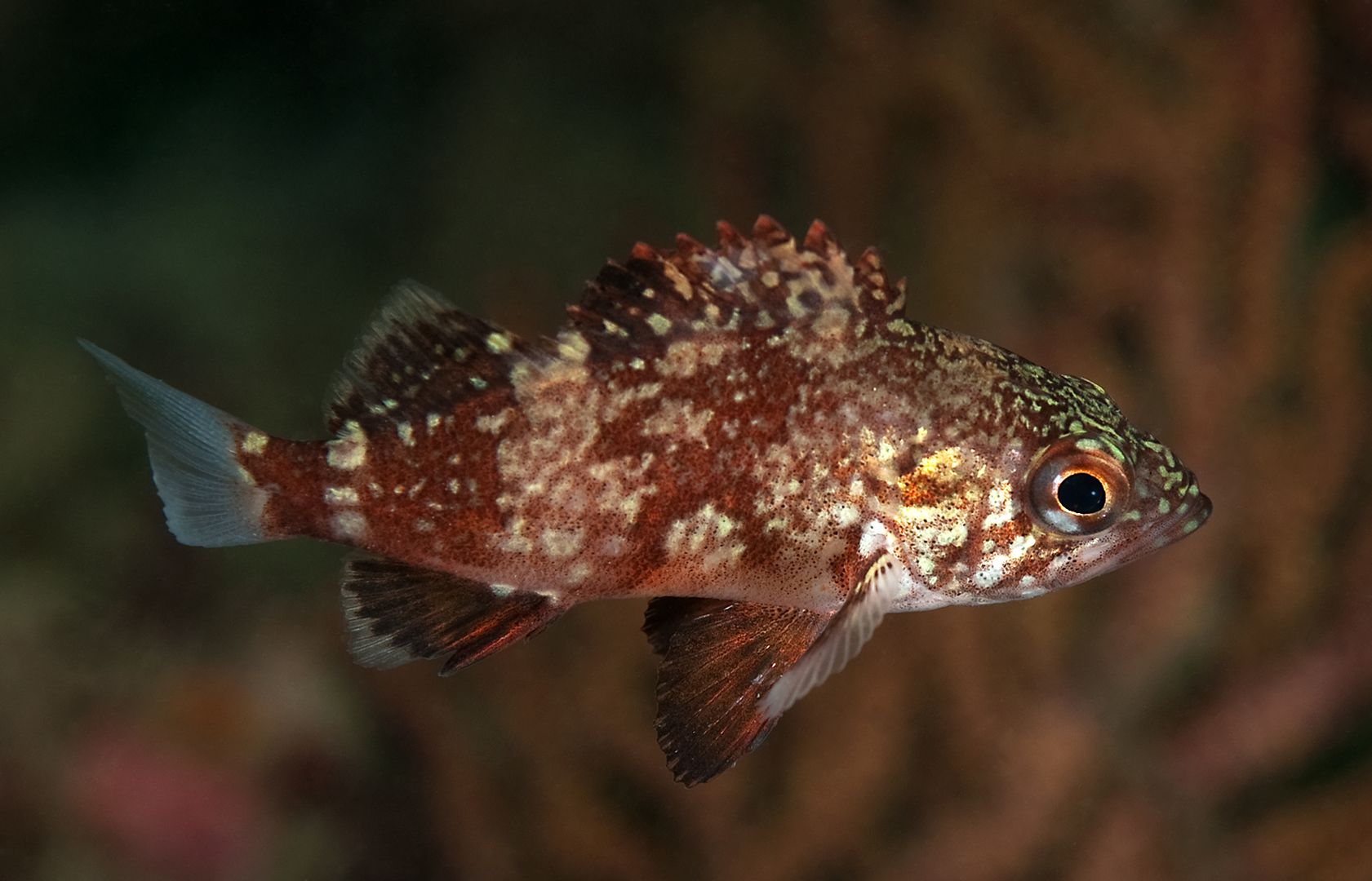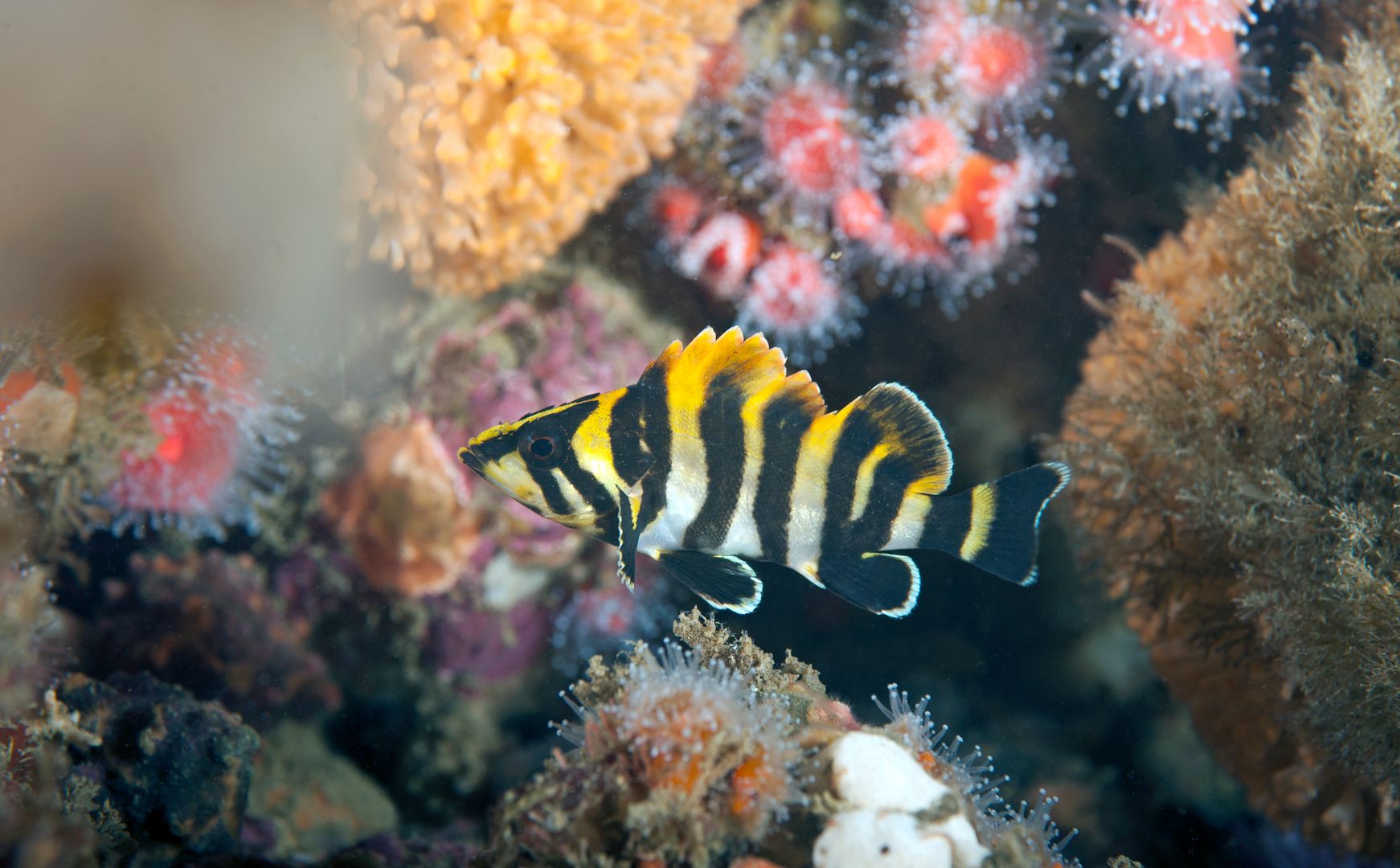- Messages
- 5,141
- Reaction score
- 4,137
- # of dives
- 5000 - ∞
The abalone is a California " Green Abalone" ~~ Haliotis fulgens ~~
Abalones are identified by shape of shell, topography of the shell, number of holes, general color of shell, color of the flesh, color and size of lace
They can also be isolated by depth, water temperature and location
Southern California abalones are generally identified by depth , Blacks, greens, pinks and white ( aka Sorenson) and on occasion a "threaded abalone" which are found in deep water and generally small in size .
The red abalone H. rufescens is generally located in cold water from Oregon to Baja California, but seldom seen in the channel islands area.
SDM
Abalones are identified by shape of shell, topography of the shell, number of holes, general color of shell, color of the flesh, color and size of lace
They can also be isolated by depth, water temperature and location
Southern California abalones are generally identified by depth , Blacks, greens, pinks and white ( aka Sorenson) and on occasion a "threaded abalone" which are found in deep water and generally small in size .
The red abalone H. rufescens is generally located in cold water from Oregon to Baja California, but seldom seen in the channel islands area.
SDM








